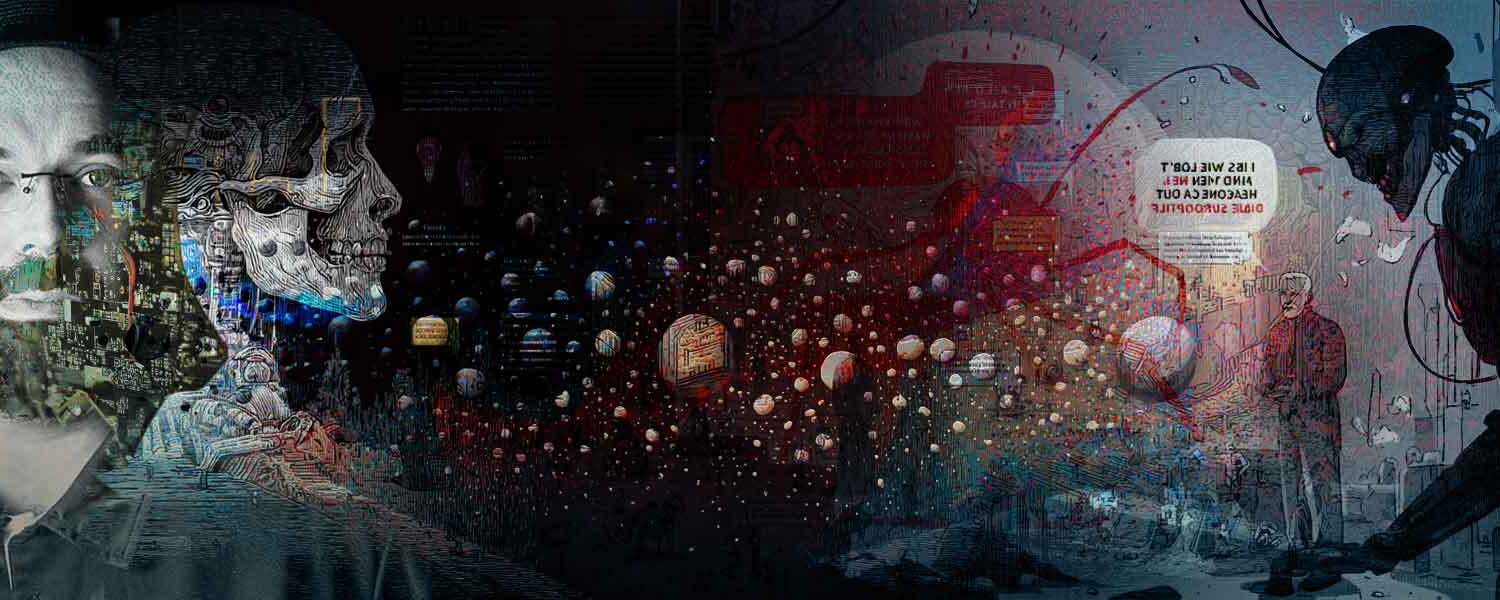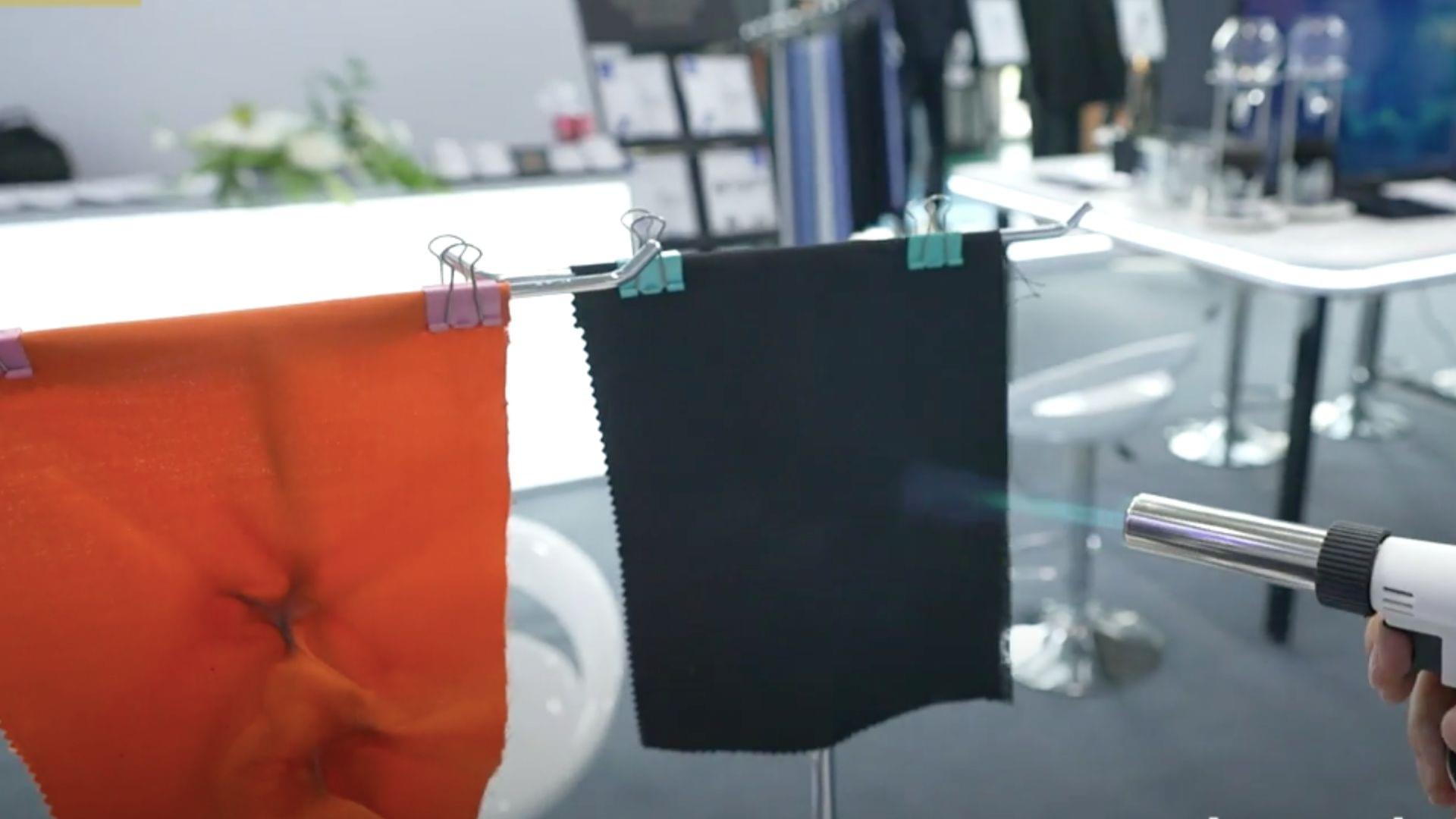A number of clinical trials have been completed using green tea and black tea to investigate their effect in controlling weight in overweight adults. The results of these investigations, however, have often been contradictory, with some trials reporting positive effects of tea supplementation and some trials reporting no effect. As a result, the use of these teas for weight loss is controversial. Purple tea is a variety of green tea developed in Kenya (called TRFK306), which in addition to certain tea constituents found in green tea, also contains anthocyanins. The major constituents in the leaves of purple tea are caffeine, theobromine, epigallocatechin (ECG), epigallocatechin gallate (EGCG) and 1,2-di-O-galloyl-4,6-O-(S)-hexahydroxydiphenoyl-β-D-glucose (GHG). We investigated the efficacy of purple tea extract (PTE) on diet-induced fat accumulation in mice. PTE administration (200 mg/kg) significantly suppressed body weight gain, liver weight, abdominal fat and triglycerides in serum and liver. Protein expression of carnitine palmitoyltransferase (CPT) 1A was also enhanced. In olive oil loaded mice, PTE (100 mg/kg) and caffeine (25 mg/kg) suppressed fat absorption. PTE (10 μg/mL) and GHG (10 μg/mL) also enhanced protein expression of CPT1A in HepG2 hepatoma. Moreover, 4-week daily consumption of purple tea drink in humans improved obesity parameters compared to baseline, including body weight (79.9 ± 3.1 kg vs 80.8 ± 3.2, p0.05), body mass index (BMI) (26.8 ± 0.6 vs 27.0 ± 0.6, p0.05) and body fat mass (21.0 ± 1.4 kg vs 21.8 ± 1.5, p0.01). In conclusion, PTE could control diet-induced weight gain by suppression of fat absorption and enhancement of hepatic fat metabolism.









